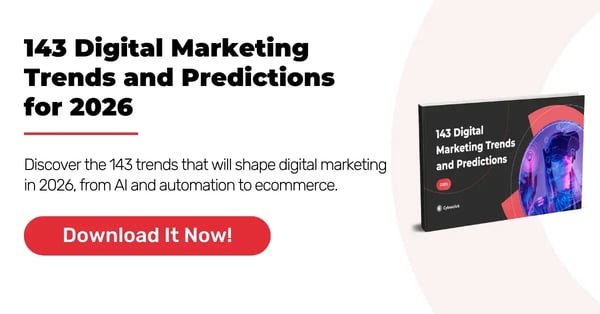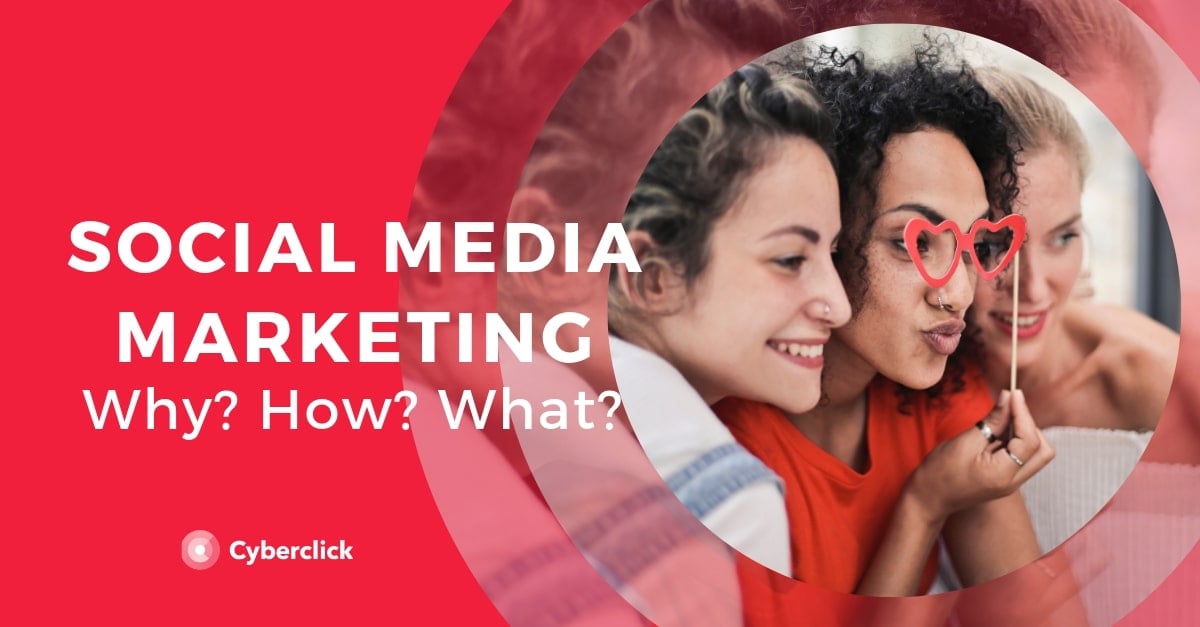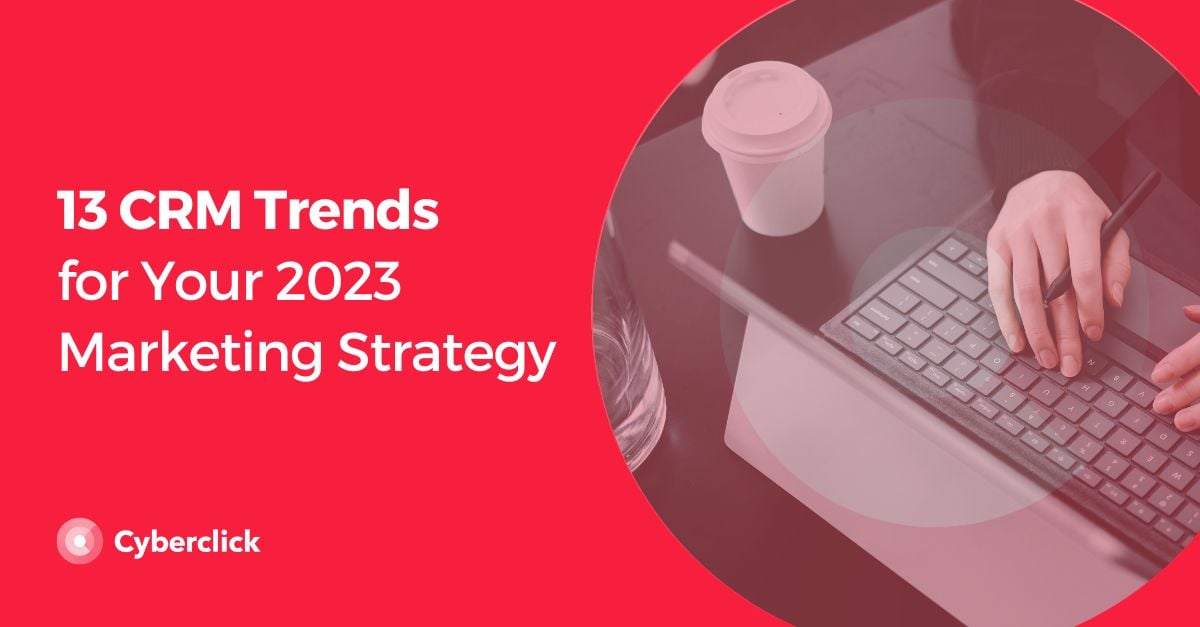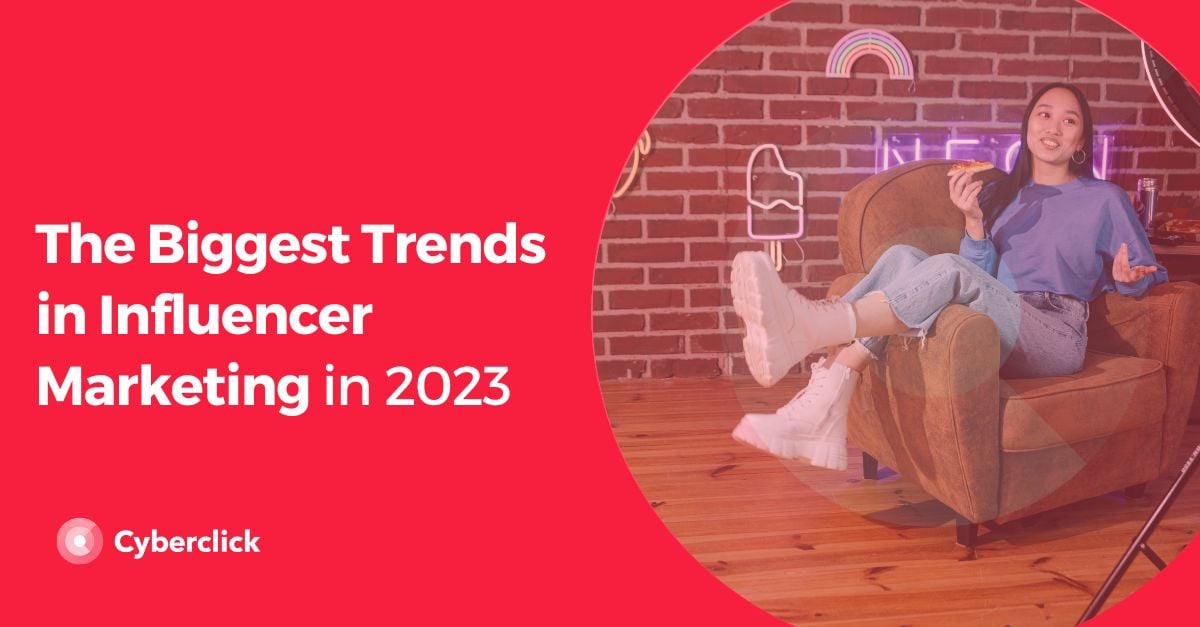In today’s digital landscape, mastering the fundamentals of online marketing is essential. Whether you’re a marketing professional or someone looking to grow your business, knowing the basics of digital marketing can set you up for success. The shift from traditional to digital marketing has opened up new possibilities, but it can feel overwhelming at first.
This practical guide to starting digital marketing will give you all the answers you need to achieve success. Let’s break down what you need to know.
Key Digital Marketing Channels You Need to Know
Digital marketing is a broad field with lots of strategies to explore. Below are some of the core channels that are building blocks for your digital marketing strategy and will help you reach your target audience.
Search Engine Marketing (SEM)
SEM is all about placing paid ads on search engines like Google or Bing. These ads target specific search terms people are actively using, which means you're reaching users who are already looking for solutions your business can provide. Understanding how to bid on keywords and create effective ads will help you drive targeted traffic to your website.
Social Media Marketing
Social media platforms such as Facebook, Instagram, LinkedIn, and TikTok are crucial tools for connecting with your audience. Each platform offers unique ways to create content, engage with followers, and drive conversions. Learning how to use these tools effectively will allow you to build a strong brand presence and engage with your audience in meaningful ways.
Email Marketing
Email marketing remains a powerful tool for nurturing relationships with your audience. Whether it's sending newsletters, promotions, or personalized offers, email marketing is one of the most direct ways to reach potential customers and keep existing ones engaged.
Paid Advertising (PPC)
Paid advertising, also known as pay-per-click (PPC), allows businesses to target specific customer segments through platforms like Google Ads and Meta Ads (Facebook and Instagram). This form of advertising helps you generate traffic and conversions quickly, making it an important component of any digital strategy.
Stay On Top of the Latest Digital Marketing Trends
The digital marketing landscape is constantly evolving, and staying up-to-date with trends is key to remaining competitive. Keep reading to find out what they are.
AI and Automation
Artificial intelligence tools like chatbots and automated email campaigns help businesses provide personalized customer experiences without manually managing every interaction. Automation allows for better customer engagement and more efficient marketing processes.
Voice Search
With the increasing use of voice assistants like Siri and Alexa, optimizing your content for voice search is becoming more important. People use conversational language in voice searches, which means marketers need to adapt their content strategy to align with this shift.
The Rise of Video Content
Video content continues to dominate social media platforms, with short-form videos on Instagram Reels, TikTok, and YouTube Shorts gaining immense popularity. Creating engaging video content is a must for increasing brand awareness and audience engagement.
How to Approach Marketing for Different Audiences
When you’re developing a marketing strategy, it’s essential to understand the differences between targeting other businesses (B2B) and consumers (B2C). Each audience requires a different approach.
Business-to-Business (B2B) Marketing
B2B marketing focuses on building long-term relationships and educating potential clients. Common strategies include leveraging LinkedIn for networking, hosting webinars, and creating white papers or case studies to showcase your expertise. B2B marketing often involves a longer sales cycle, so nurturing leads is critical.
Business-to-Consumer (B2C) Marketing
B2C marketing is generally more fast-paced. It’s all about capturing the attention of individual consumers and converting them quickly. Platforms like Instagram and TikTok are perfect for visually engaging content, influencer partnerships, and limited-time offers that create urgency.
Laying the Foundation: Creating a Digital Presence
Before diving into complex strategies, it’s helpful to establish a strong online presence. This will serve as the backbone of your marketing efforts.
Building Your Website
Your website is the first place most people will go to learn about your business. Make sure it’s easy to navigate, mobile-friendly, and has clear calls to action. This will help you create a positive user experience and ensure they can easily find what they’re looking for.
SEO Basics
Search engine optimization (SEO) is a crucial part of getting your website found on search engines. Focus on optimizing for speed, mobile-friendliness, and user experience. Using tools like Google Analytics can help you understand where you stand and where you need to improve. It is also worth noting that younger generations are increasingly using social media and AI chatbots as places to search for information, making way for a newer concept called omnisearch optimization (OSO).
Running Effective Paid Campaigns and Social Media Ads
Paid advertising is one of the quickest ways to generate traffic and conversions. Here’s how you can get the most out of your paid campaigns.
Define Clear Campaign Goals
Before launching a paid ad campaign, it’s important to define your objectives. Do you want to increase brand awareness, drive traffic to your website, or convert leads into customers? Knowing your goals will help you create more focused and successful campaigns.
Combine Paid and Organic Strategies
While paid ads can quickly boost your reach, organic strategies (like posting regularly on social media) can build a loyal audience over time. By combining both approaches, you can maximize your brand’s exposure and drive better results.
Content Marketing: Creating Value for Your Audience
Creating valuable content is a cornerstone of digital marketing. When you provide useful information that solves your audience’s problems, you build trust and authority in your industry.
Focus on High-Quality Content
Whether it’s blog posts, videos, guides, ebooks, or infographics, your content should address the specific needs and interests of your target audience. Quality matters more than quantity—make sure each piece you create provides real value and is evergreen or, in other words, valuable for years to come.
Optimize Your Content for Search
After creating great content, don’t forget to optimize it for search engines. Use relevant keywords, write engaging headlines, and include meta descriptions that encourage clicks. Tools like Google Search Console can help you track how your content is performing.
Measuring and Analyzing Your Results
One of the key advantages of digital marketing is the ability to measure your results in real time. Tracking the performance of your campaigns allows you to make data-driven decisions and refine your strategies.
Use Analytics Tools
Google Analytics and other tracking tools can help you monitor important metrics like traffic, engagement, and conversions. Understanding what’s working and what isn’t will allow you to optimize your efforts and achieve better outcomes.
Test and Experiment
A/B testing lets you compare two versions of an ad, landing page, or email to see which one performs better. Experimenting with different elements (like headlines, images, or CTAs) can help you fine-tune your campaigns for the best results. The increasing prominence of AI has also led to what is known as AI testing, which essentially implements the available technology into the tests to boost accuracy.
The Future of Digital Marketing
As technology continues to advance, new opportunities and challenges will arise. Staying ahead of the curve means being open to innovation and understanding the potential of emerging trends.
Virtual Reality and Augmented Reality
VR and AR are starting to play a bigger role in digital marketing. These technologies allow brands to create interactive experiences that let customers engage with products in new ways, like in virtual try-on rooms.
Artificial Intelligence and Machine Learning
AI is revolutionizing how businesses personalize their marketing efforts. From recommendation engines to automated email marketing, AI tools are helping businesses reach their audience more effectively.
Sustainability and Ethics in Marketing
Consumers are increasingly concerned with the ethical practices of the brands they support. Companies need to be more transparent and environmentally conscious to meet the demands of socially responsible buyers.
In Conclusion
Digital marketing offers many possibilities, and understanding the basics will help you have a meaningful impact, whether you're working for a company or managing your own business. By learning the key channels, staying updated with trends, and focusing on the right strategies, you’ll be well on your way to success in the digital marketing world.
The digital marketing field is always changing, so don’t be afraid to experiment, track your results, and continuously learn. With these strategies in mind, you’ll be ready to take the next steps toward mastering digital marketing.
Responsable de la estrategia de contenidos y visibilidad en Cyberclick, con enfoque Allbound y especialización en posicionamiento SEO, GEO y automatización con IA. Gestión avanzada del CRM con HubSpot: base de datos, workflows, lead nurturing, scoring y reporting. Experiencia en marketing digital, comunicación corporativa y periodismo, uniendo estrategia, creatividad y tecnología para captar y convertir leads cualificados.
Responsible for content and brand visibility strategy at Cyberclick, with an Allbound approach and specialization in SEO, GEO (Generative Engine Optimization), and AI-powered automation. Advanced HubSpot CRM management: database segmentation, workflows, lead nurturing, scoring, and reporting. Background in digital marketing, corporate communications, and journalism—combining strategy, creativity, and technology to attract and convert qualified leads.







Leave your comment and join the conversation